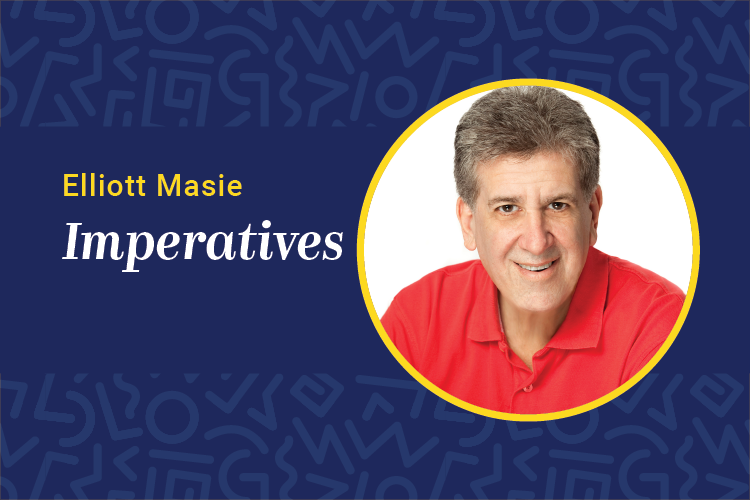When we pick up a quart of milk, one of the first things our eyes scan is its expiration date. We are concerned about the safety of the milk and are acutely aware that there is a window of freshness. The expiration date shapes and assists our purchasing and consumption activities. We can’t draw a parallel to learning because there are no expiration dates on most of the knowledge and skills dispensed by our learning organizations. However, learners would greatly benefit from a clearer sense of the erosion rate of specific sets of content. For example, a new manager learning about the performance review process should know if this is a stable procedure or one that will often change.
Let’s think about the predictable “half-life” of each set of knowledge and competencies that we acquire. A half-life is the period of time it takes for a decaying substance to decrease by half. I like this concept because it adds perspective to situations by illustrating that more than 51 percent of learning will soon be out of date. As half-life decreases and the predictable speed of change increases, the learning process should adapt accordingly:
• Switch from memorization to familiarization. Rather than ask learners to memorize product prices, have them become generally familiar with price ranges and find specific pricing online or from a reference resource.
• Utilize performance support to prompt changes. Provide the learner with embedded performance support to highlight information that has changed or is likely to change. Use pop-up warnings or color-coding to differentiate expiring “containers” of content.
• Keep a mental model of content expiration. When we pretend that content is stable long term, the learner may be disappointed, confused or discouraged when it changes. As a trainer or developer, help the learner frame the content’s stability.
• Use nondisruptive updates. We can learn a lesson from the new world of learning apps for smart phones. They have moved from drum roll updates to frequent, almost in-the-background, nondisruptive updates. Likewise, we can provide embedded content upgrades. For example, create small simulations and quick, context-rich stories to bring learners up to date.
• Compare continuous vs. one-time-only certifications. Imagine police officers starting their day by turning on computers in patrol cars. They are presented with a one- or two-question mini-quiz, aligned with one of their certifications. These daily, or weekly, three-minute segments compile into continuous certification. If their knowledge levels drop, they have to return to a learning experience or go through the full certification process again. However, they can prove their readiness in this ongoing manner.
Adding expiration dates or half-life information about content will be an interesting challenge and opportunity for learning designers, as it will extend the design process from scope and sequence to a more nuanced approach of differentiating content stability. In the future, I would like to see research that explores the efficacy of using different teaching modes, models and technologies for knowledge sets that are stable vs. rapidly changing.
Social and collaborative learning and real-time video chat with experts are just two elements in a designer’s tool set that could be harnessed differently for content that is vulnerable to rapid changes. Integrating an increased set of performance support technologies can help us to more rapidly train to competency.
We should also consider the creation of rapidly updated checklists for procedures that change often. Pilots use cockpit checklists to get ready to fly Boeing 747s with teams they just met. These checklists include any equipment or process changes that were recently implemented. Let’s update and bring checklists back into learning design.
Finally, we need to apply the half-life approach to degrees granted by institutions of higher education. When I interviewed surgeons a few years ago for an elective procedure, I was not that interested in where they got their original medical degrees. For me, as a patient, the real risks are doctors who think they are up to date but are not.
Let’s roll out expiration dates on our content. In this age of fingertip knowledge, learners will appreciate honesty and transparency about the changing nature of what they learn. Building agility in learning organizations, learning designers, trainers and learners can begin with us embracing the half-life model for our content. Let’s spare learners the experience of sipping learning milk gone sour.
Elliott Masie is the chair and CLO of The Masie Center’s Learning Consortium. He can be reached at editor@clomedia.com.















